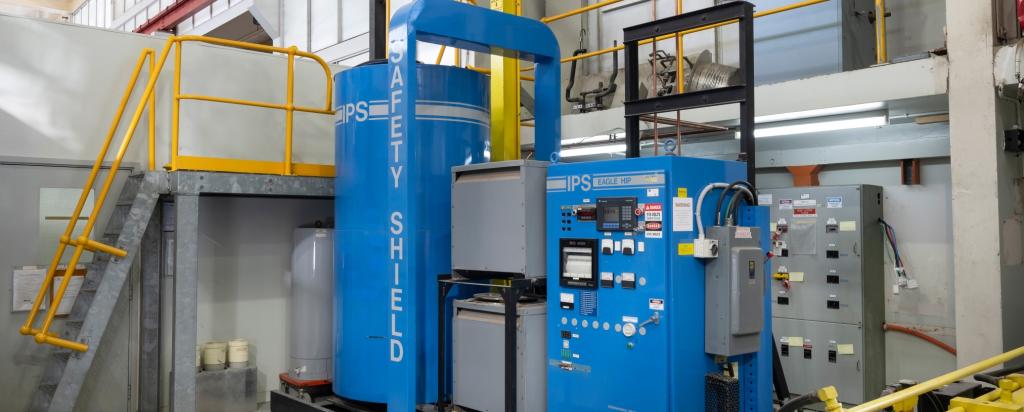
Hot Isostatic Pressing
Improving material properties and performance for advanced manufacturing
HIPing can deliver broad benefits for advanced manufacturing, including defect healing of castings, consolidation of powder metal and ceramic parts, as well as diffusion bonding of materials
At ANSTO we leverage our integrated knowledge and experience in the processing and characterisation of advanced materials to assist a broad range of industry sectors, including defence, aerospace and medical.ANSTO has over 30 years of operating expertise in Hot Isostatic Pressing (HIP) and manages Australia’s largest HIPing facilities.
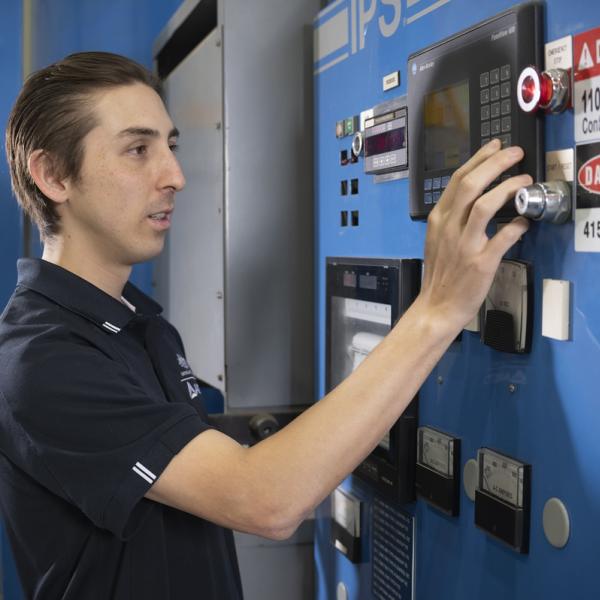
What is HIPing?
HIPing technology overview
Hot Isostatic Pressing (HIPing) is a manufacturing process used to improve the properties of a material by increasing its density and reducing porosity. The process involves exerting inert gas pressure on the material at elevated temperature to maximise the density of components.
HIPing offers particular advantages for complex shaped objects, such as metal castings that may have embedded porosity or flaws that detrimentally impact product performance. HIPing offers the ability to densify, or heal, defects in these complex shaped objects enhancing quality and performance of the manufactured product.
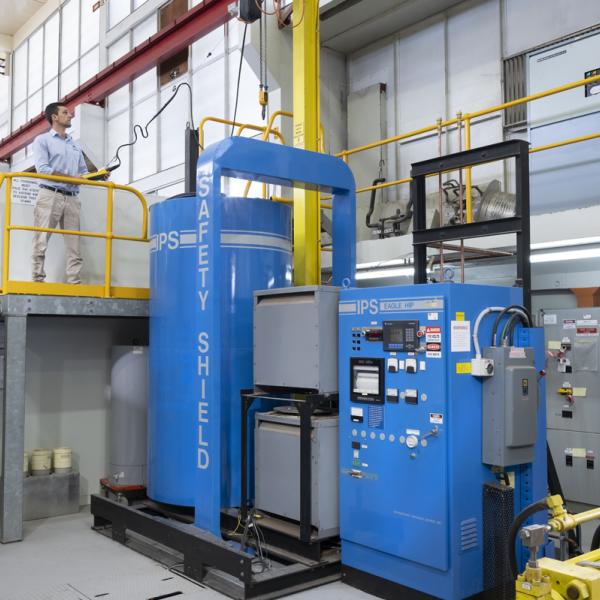
Decades of experience
ANSTO has more than 30 years of operating expertise in Hot Isostatic Pressing. Two HIPs are available for advancing materials and process development, a small-scale system for technical feasibility and a larger scale HIP for thermal processing of industrially relevant scale parts, with both systems having capability to operate to maximum pressure of 200 MPa in an argon atmosphere.
HIPing with appropriately chosen parameters (temperature, pressure, and isothermal hold time) can help to reduce internal stress, reduce porosity and refine the microstructure.
ANSTO also has a broad range of facilities and capabilities to qualify and characterise the performance of materials before and after the thermal treatment process.
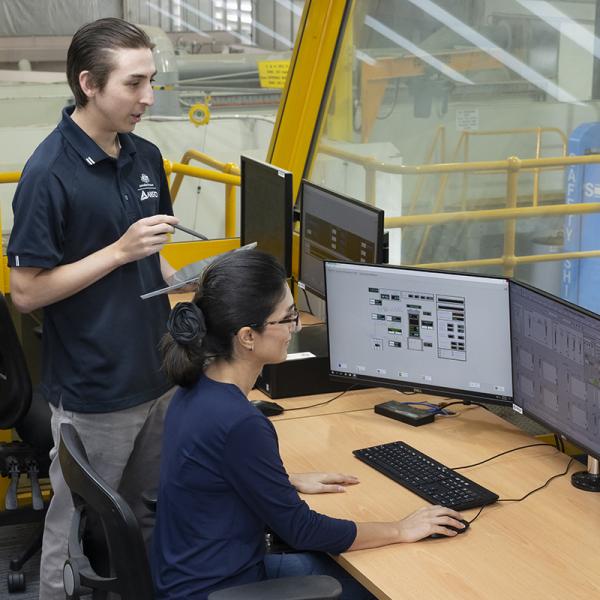
Applications
Advanced Manufacturing
An emerging area in the application of HIP is the final processing stage of additive manufactured products, where the advantage of microstructure control, densification and defect mitigation can be realised.
This capability complements ANSTO’s extensive suite of instruments and techniques for qualifying materials and final products for testing the performance against relevant industry standards.
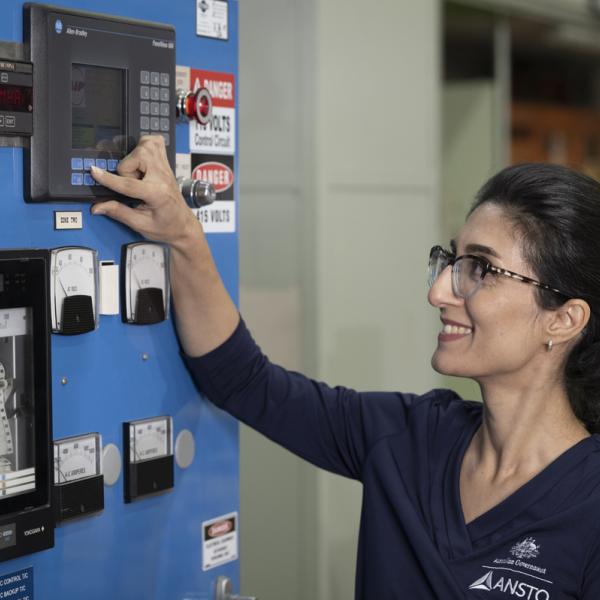
Facilities
HIP machinery
ANSTO has two HIPs available, both of which operate up to a maximum pressure of 200 MPa in an argon atmosphere. The tables below provide information on the specific type and size of the available furnaces.
Technical Specification: ANSTO IPS Eagle HIP
IPS Eagle HIP | ||
Design pressure | 33,000 psi (227.5 MPa) | |
MAWP | 30,000 psi (206.8 MPa) | |
Recommended operating range for burst disc (70% of stamped burst rating) | 150 MPa* | |
Furnace | Max Temp. | Hot zone Ø×H (mm) |
Molybdenum | 1400°C | 320×525 |
Hoskins | 1200°C | 260×330 |
Graphite | 2000°C | 300×460 |
Technical Specification: ANSTO AIP Research HIP
Design pressure | 33,000 psi (227.5 MPa) | |
MAWP | 30,000 psi (206.8 MPa) | |
Recommended operating range for burst disc (70% of stamped burst rating) | 150 MPa | |
Furnace | Max Temp. | Hot zone Ø×H (mm) |
Molybdenum | 1400°C | 75×135 |
Hoskins | 1200°C | 75×135 |
Graphite | 2000°C | 65×110 |

Case Study
Improving performance of Titanium
Titanium (Ti) is one of the most important materials for demanding engineering applications and is used extensively in aerospace, automotive, petrochemical and biomedical industries. Its high strength-to-weight ratio, good mechanical properties, excellent corrosion resistance and biocompatibility make it highly desirable.
Despite having robust characteristics, titanium is naturally difficult to process into engineered materials with complex designs, given its high chemical reactivity and high sensitivity to oxygen, which can lead to difficulties in processing, fabrication, and metallurgical bonding.

